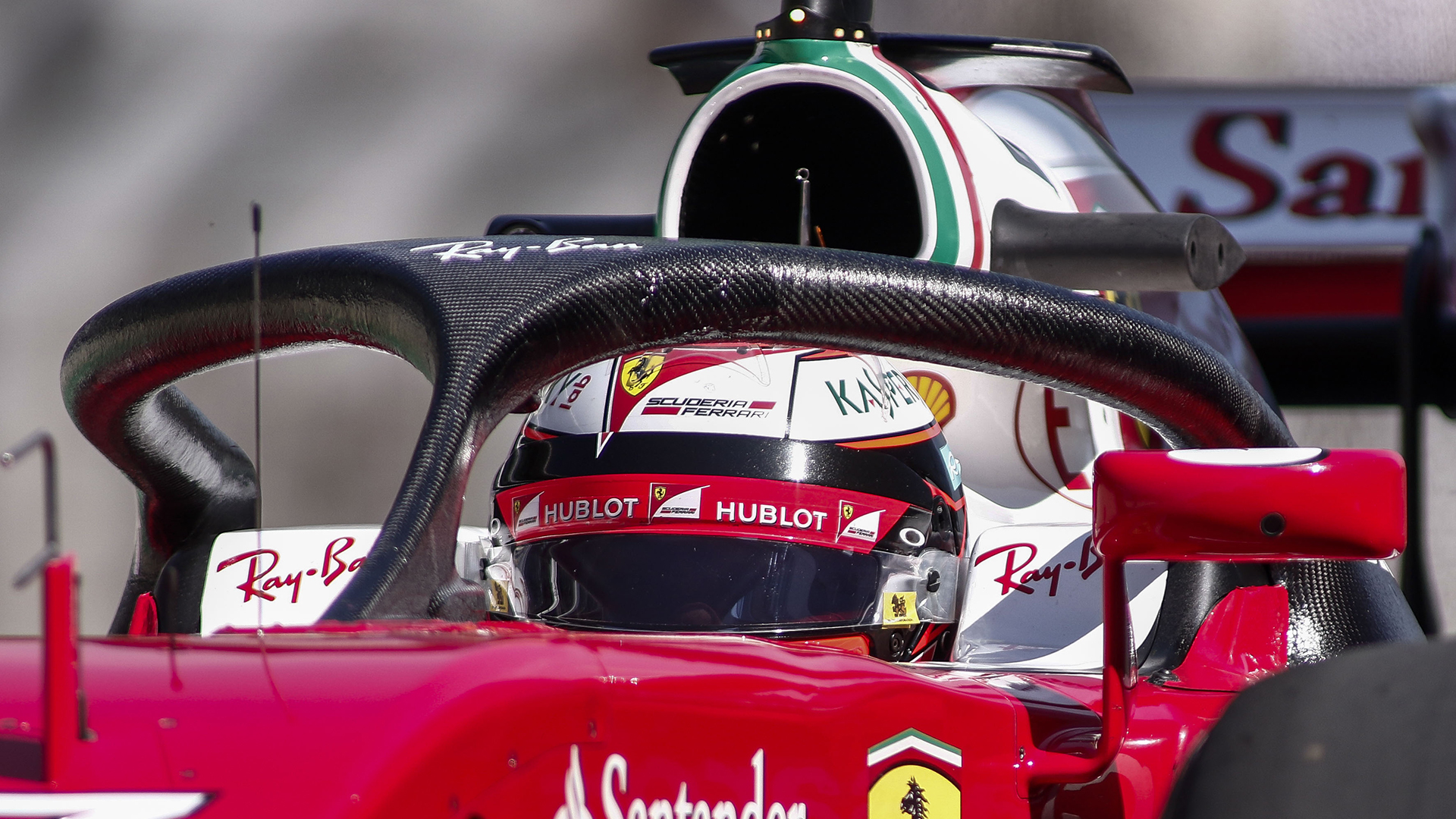

Formula One Racing Director Charlie Whiting gave more details on the restrictions surrounding the Halo cockpit protector that was recently given the green-light to come to Formula One in 2018.
The initial reaction to the Halo had been quite negative due to its unsightly appearance. Whiting said Thursday that the teams would be able to modify the Halo with “non-structural fairings” that extend no more than 20mm out from the main support structure. He also noted that what we’ve seen run on the cars has just been “raw” design of just the support structure. Think of it like this; if you take all the body panels off your nice looking car, it’s not going to be very nice anymore. Granted, that might actually look pretty cool in some cases, but that’s beside the point.
“They have to use the standard Halo which will be made by a single supplier, and we will allow them to use non-structural fairings around the upper part which can be no more than 20mm from the main structure, and I think there is an overall width restriction and a restriction on how far they can encroach on the cockpit opening,” said Whiting, according to Racer.
“20mm is quite a lot all the way around, and they can do what they like with that. The main reason the first place was to give them scope to overcome any aero changes they have got to make, for example on the air box or things like that, if they want to redirect the flow.”
Whiting also mentioned that this could be an area that the teams could exploit for aerodynamic purposes, which could lead to some interesting designs.
When the FIA made the Halo announcement last week, these details would have gone a long way in selling the idea to the teams, press, and the public. Rather than it seeming like a blunt and forced change right after testing the Shield, a little explanation certainly would have helped. The FIA did offer an explanation of its decision, but only after the fact. The FIA has since explained that the Halo can withstand 15 times the static weight of next year’s cars and can hold up and deflect objects, like a wheel and tire being fired at it to simulate impacts at racing speeds.
In light of this information, the drivers are starting to warm to the idea of the Halo. In the driver’s press briefingThursday, Sebastian Vettel summed up his thoughts on it very nicely.”
I think knowing that something is there that helps us in scenarios it would be ignorant and stupid to ignore. Regarding the looks: as I said, I like Formula One cars of the past and so on, but there are also elements that I like nowadays. I mean, racing cars with wings that Formula One cars didn’t have until I think late-‘60s or [early] ‘70s, so now that’s part of it. There are plenty of other examples—we had V12 engines, which I would like to go back to, and we don’t have anymore. But overall, it’s supposed to help us and I think that’s what we need to remember.”
Fernando Alonso echoed that sentiment.
“Forty or 50 years ago they didn’t have seatbelts in a Formula One and when seatbelts were implemented there was not any debate. If they had to fit it in Formula One… it’s fun to drive with no seatbelt… it should be like that. For me there is no question, I’m happy to implement any extra head protection for next year. If the FIA studied and developed the Halo and this is the most effective way to protect the head of the drivers it’s more than welcome in my opinion.”
The teams have also been given permission to start testing their Halo designs during Friday practice sessions, so look for those to start appearing after the August break.